Many Malaysians have probably not heard of JAC Motors, but this is a brand that has a big presence not just in China but around the world.
JAC Motors was founded in 1964, has established itself as a significant player in the global automotive industry. With a rich history spanning six decades, JAC has evolved from a local truck manufacturer to a diversified automotive powerhouse, integrating engineering, manufacturing, and sales of commercial vehicles, passenger cars, and powertrains, while also venturing into auto mobility and auto financing.
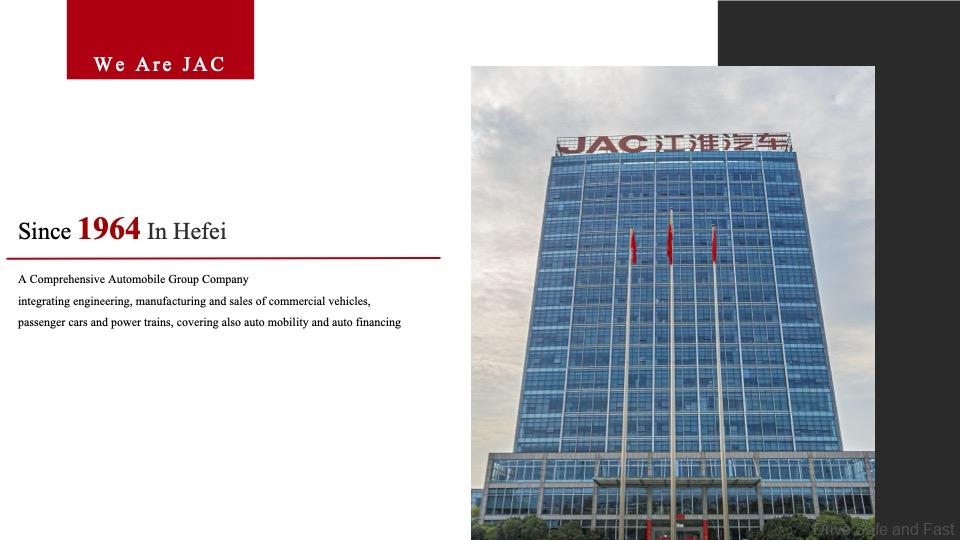
The company’s journey began in Anhui, China, with its first truck trial production in 1968. JAC’s growth accelerated in the 1990s, marked by its first export of trucks to Bolivia and the production of China’s first dedicated bus chassis. A major milestone was achieved in 2001 when JAC went public on the Shanghai Stock Exchange, signaling its growing prominence in the industry.
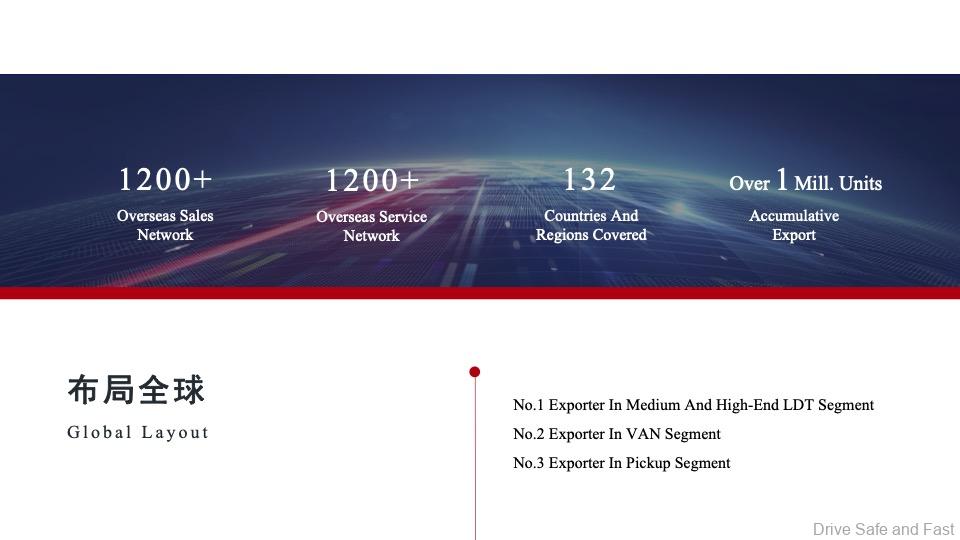
JAC’s expansion into the passenger car market in 2002 with the Refine MPV marked a significant diversification of its product portfolio. The company continued to innovate, launching its first heavy-duty truck in 2003 and venturing into electric vehicles by 2010. These moves demonstrated JAC’s commitment to adapting to changing market demands and embracing new technologies.
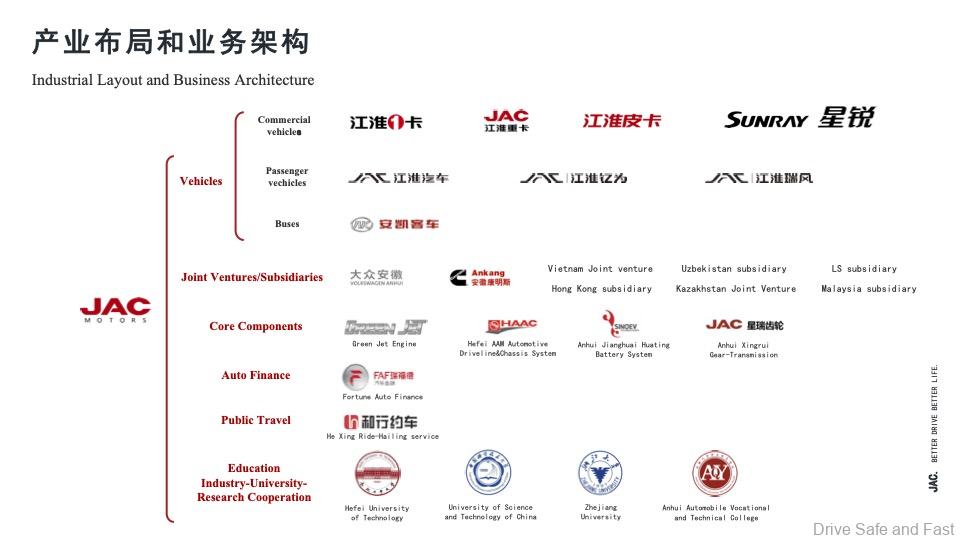
In recent years, JAC has forged strategic partnerships with industry giants such as NIO, Volkswagen, Cummins, and Huawei, further solidifying its position in the global automotive landscape. These collaborations have enabled JAC to leverage cutting-edge technologies and expand its market reach.
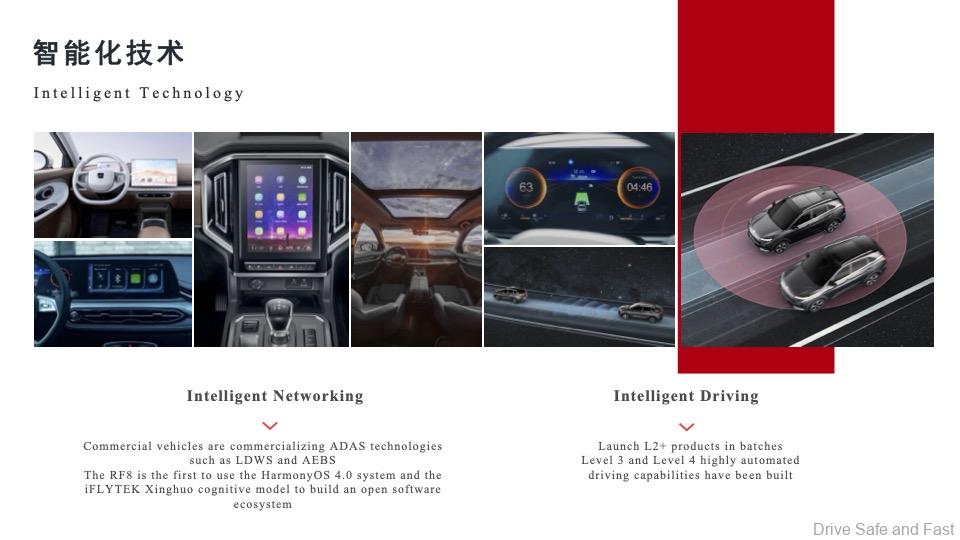
At the heart of JAC’s success is its strong focus on research and development. The company employs nearly 5,000 engineers and invests 5-8% of its sales revenue back into R&D. This commitment to innovation is evident in JAC’s comprehensive R&D infrastructure, which includes overseas design centers, global strategic cooperations, and industry-university research partnerships. The company boasts state-of-the-art facilities such as crash test labs, NVH labs, EMC labs, and China’s first CNAS-approved Intelligent Connectivity Lab.
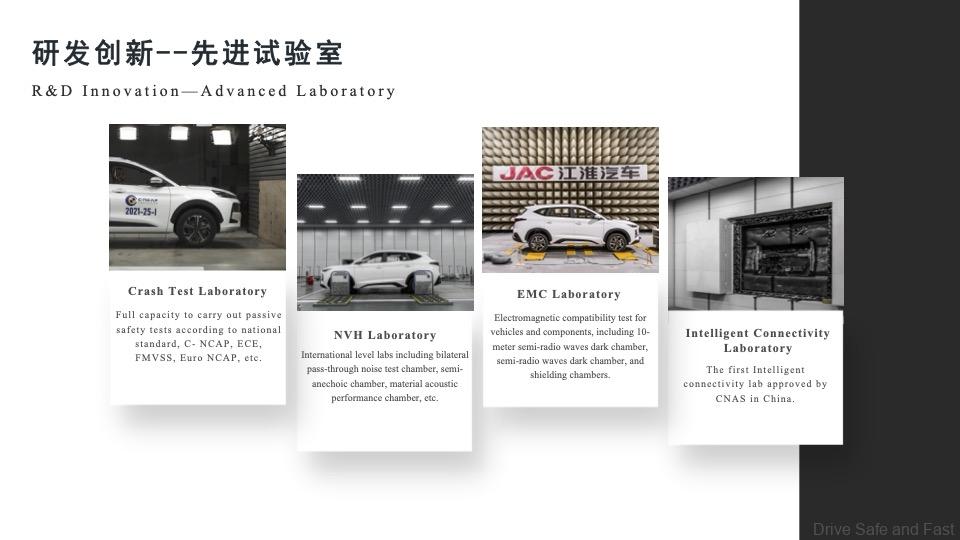
JAC’s global footprint is impressive, with 27 production facilities worldwide, including 19 overseas CKD factories. The company’s main high-end commercial vehicle manufacturing base in China spans 2.6 million square meters and has an annual production capacity of 200,000 vehicles. This facility showcases JAC’s technological prowess, featuring advanced robotics from ABB and Kuka, as well as cutting-edge manufacturing processes.
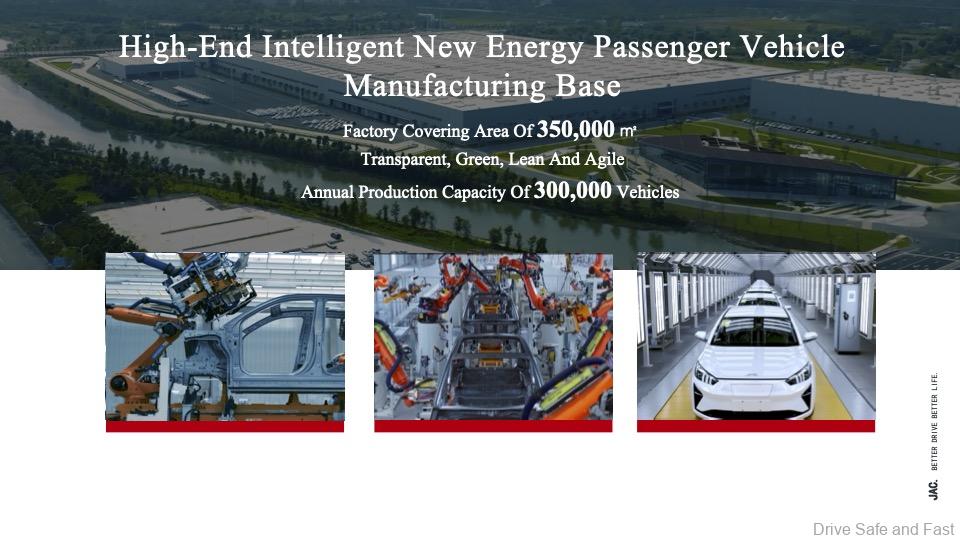
In addition to its commercial vehicle production, JAC has invested heavily in its new energy vehicle (NEV) manufacturing capabilities. The company’s high-end NEV passenger vehicle manufacturing base covers 350,000 square meters and has an annual production capacity of 350,000 vehicles. This facility emphasizes green, lean, and agile production methods, underscoring JAC’s commitment to sustainability and efficiency.
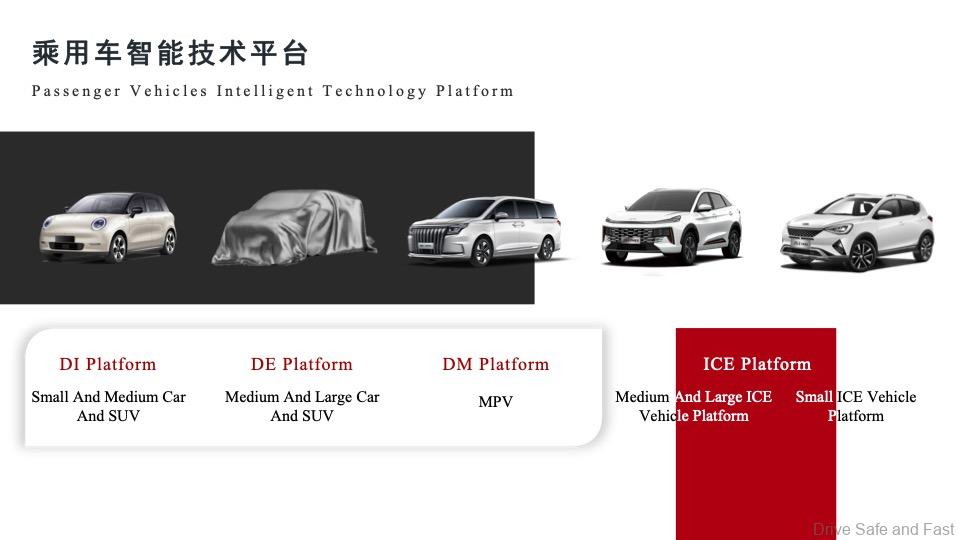
JAC’s product lineup reflects its diverse capabilities and forward-thinking approach. In the passenger vehicle segment, the company offers a range of platforms covering both internal combustion engine (ICE) and NEV models. The SUV family includes popular models like the JS4 and JS6, which feature advanced intelligent driving assistance systems. The sedan family is represented by the J7, which adheres to stringent German VDA quality management standards, and the E30X, JAC’s first model built on its dedicated battery electric vehicle (BEV) platform.
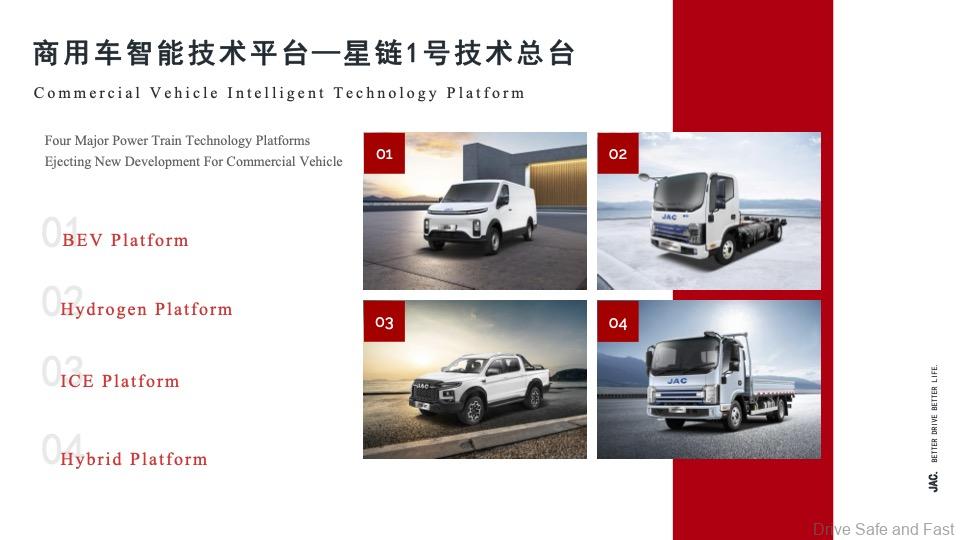
In the commercial vehicle sector, JAC has developed platforms for various propulsion technologies, including battery electric, hydrogen, ICE, and hybrid systems. This diverse portfolio demonstrates JAC’s commitment to providing solutions for different market needs and environmental considerations. They’re also extremely successful with their pick-up trucks too.
JAC’s focus on intelligent technology is evident across its product range. The company has made significant strides in advanced driver assistance systems (ADAS), with features such as Lane Departure Warning System (LDWS) and Advanced Emergency Braking System (AEBS) becoming standard in many of its commercial vehicles. The RF8 model showcases JAC’s technological prowess, being the first to incorporate the HarmonyOS 4.0 system and iFLYTEK Xinghuo cognitive model, creating an open software ecosystem.
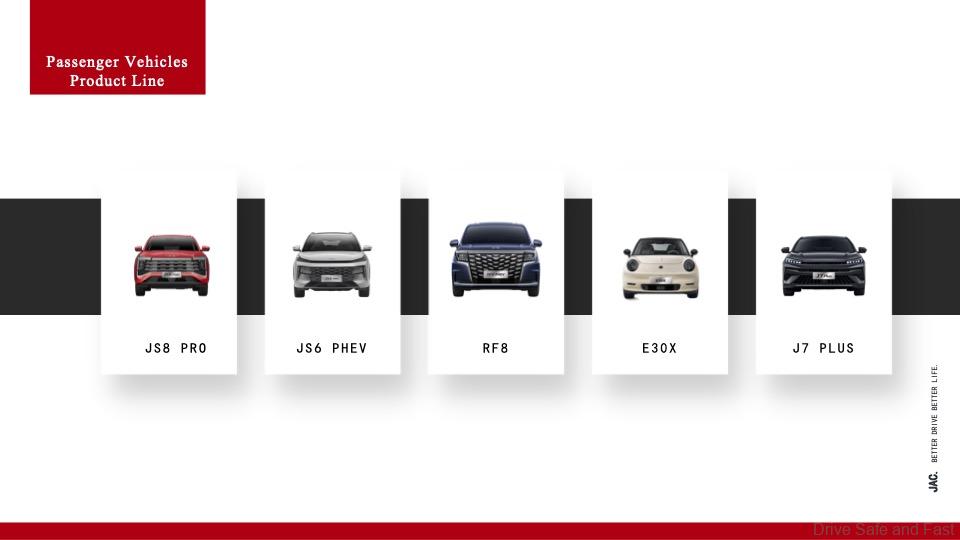
With its brand vision of “Better Drive Better Life” and mission to “Deliver optimal mobility solution and experience to our users and contribute to a better world,” JAC Motors has positioned itself as a forward-thinking, innovative player in the global automotive industry. Operating in over 130 countries and regions and having sold more than 10 million vehicles globally, JAC continues to drive innovation and shape the future of mobility.

